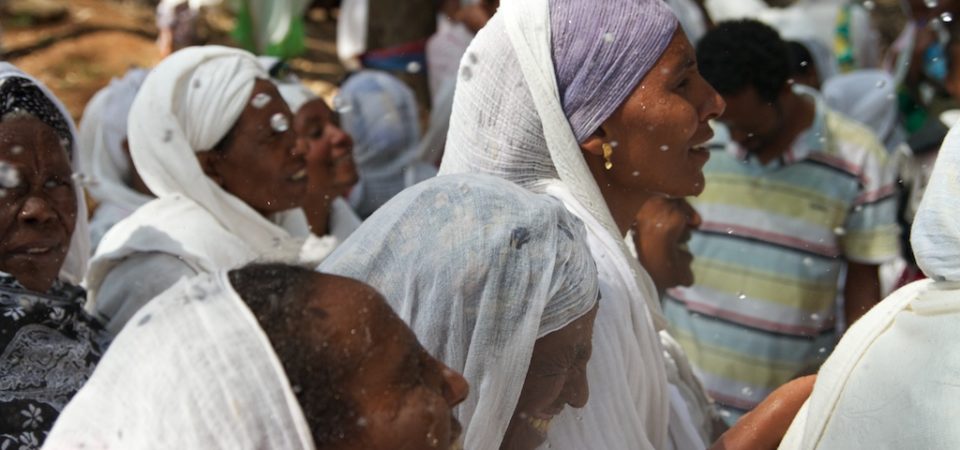Item Link: Access the Resource
File: Download
Date of Publication: January
Year of Publication: 2023
Publication City: Ugbowo, Benin City, Nigeria
Publisher: WOMEN'S HEALTH AND ACTION RESEARCH CENTRE [WHARC]
Author(s): Nicola Turner, Frank Götmark
Journal: African Journal of Reproductive Health
Volume: 27, No 1
Pages: 119-171
Abstract
Fertility is declining only slowly in Sub-Saharan Africa (SSA) and religion may be one factor involved. Based on the literature, we reviewed fertility rates of followers of different religions in SSA, and whether religion influences fertility. We used the Web of Science, Scopus, Google Scholar and reference lists to find papers, selected based on inclusion and exclusion criteria.
Within 21 countries, followers of African Indigenous Religions (AIR) had higher fertility (4-58%) than Christians. Within 25 countries, followers of Islam had higher fertility (2-36%) than Christians, though not in Zimbabwe and Uganda (-2% in each). Followers of AIR and Islam had on average similar fertility levels, as had Protestants and Catholics. Fertility was associated with religion-related themes in focus-groups and interviews. The most frequent themes for “increasing fertility” were related to religion (11 cases) and polygamy (11), whereas the most frequent themes for “limiting fertility” were financial constraints (7) and quality of life (5). These and other results suggest that religious denominations and faith contribute to high fertility in SSA.
Read the full paper here or download it from the link above.

